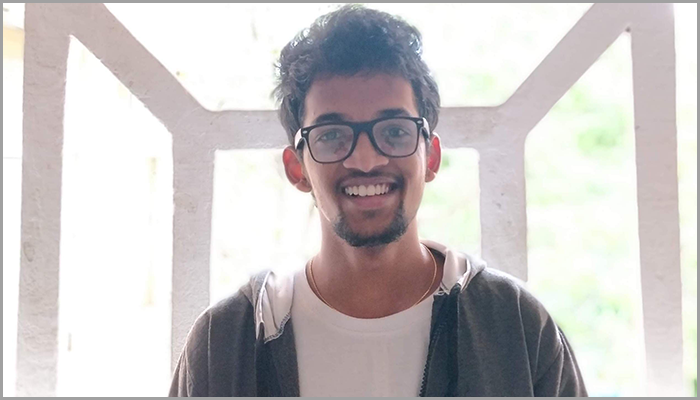Sai Charan Regunta received his MS-Dual Degree in Computer Science and Engineering. His research work was supervised by Prof. Kishore Kothapalli. Here’s a summary of Sai Charan Regunta’s M.S thesis, Efficient Multi-core Algorithms for Farness- and Closeness- Centrality in Static and Dynamic Graphs as explained by him:
Find your most “influential” friend!
We are living in an oligarchic era of inequality and unfairness. An era where the aspirations of a few ruthlessly destroys the hopes of many, without any consequences. While the majority of the world is living in a democratic bubble of individualism, it is a genuine harsh reality that even though everyone is equal, some are more equal than others. The virtual world is not very different from its real counterpart. It behaves like a living and breathing organism that grows like the world it is trying to model. Everything around us intuitively becomes a part of this model, be it the intricacies of atoms or the six degrees of separation. As computer scientists, phenomena like these inspire us to model the world around us computationally. One way to do so is by using graphs – an enigma as cool as its name.
Some instances of a graph add more influence to it than others. For example, a recent incident that sparked the debate on social graphs’ impact was the Facebook-Cambridge Analytica (https://en.wikipedia.org/wiki/Facebook-Cambridge_Analytica_data_scandal) scandal that exploited the power of sensitive user data for political purposes. Millions of users’ ideologies were swayed by using influential pages and accounts. These influential nodes can be accounted for using a metric popularly known as centrality measure. It allows us to quantify a node concerning every other node. There are many types of centrality, of which closeness and farness are the ones that we are concerned about in our problem statement.
In this research work, we have taken up the problem of computing and estimating farness- and closeness-centrality values for all nodes in static and dynamic graphs. As real networks are enormous, it may take years to run a naive sequential algorithm. Parallel counterparts of those algorithms with some graph reduction techniques saves a lot of time.

Sample of Facebook Graph where the size of the node is pictured based on its centrality metric.
Source: https://measuremarketing.net/b2b-what-you-need-to-know/

